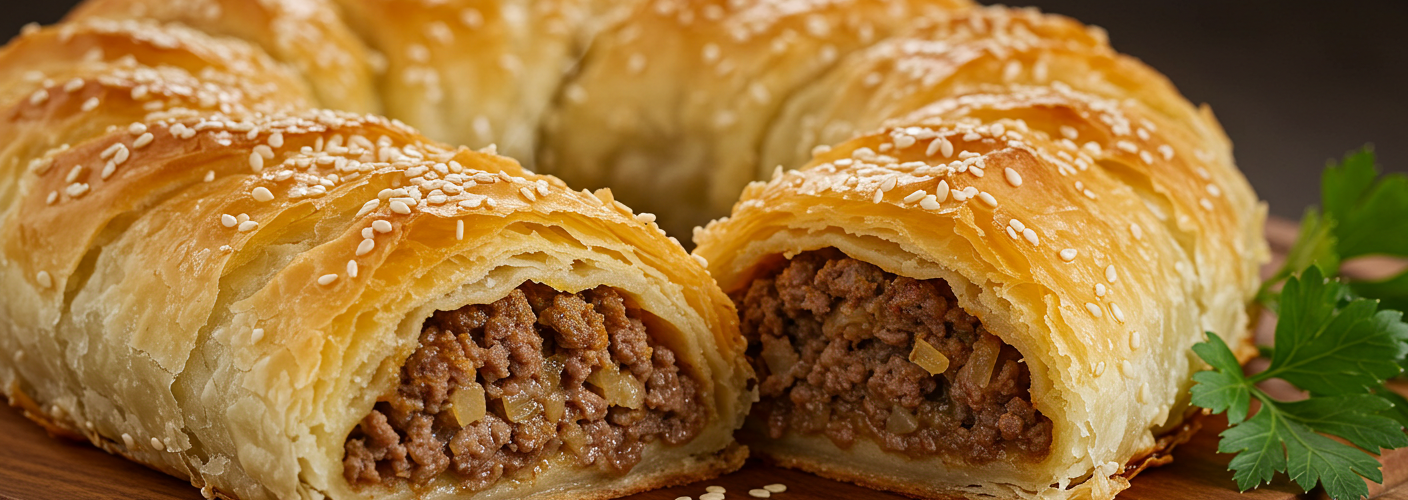When it comes to comfort food, few dishes can compete with the rich, flaky goodness of burek. This traditional pastry, wrapped in layers of delicate filo dough and stuffed with a savory meat filling, has a history and a fan base that spans across multiple cultures and continents. From the Balkans to the Middle East, burek is celebrated not just for its mouthwatering flavors, but also for its cultural significance.
The Origins of Burek
The origins of burek trace back to the Ottoman Empire, where it spread across a vast territory that included regions of Eastern Europe, the Middle East, and North Africa. Each culture that adopted burek has put its own spin on the dish, contributing to a rich tapestry of variations. The essence, however, remains loyal to a combination of thin, crisp pastry and a hearty filling, typically made of minced meat, such as beef or lamb, often seasoned with herbs and spices that add depth and flavor.
The Perfect Filling
What truly makes burek stand out is its filling. While minced meat remains the classic choice, variations abound. Some recipes include a mixture of meats, such as veal and lamb, heightened with onions, garlic, paprika, and black pepper. Others may incorporate cheese, spinach, and even potatoes for a vegetarian version. This flexibility allows home cooks to personalize their burek according to preference or dietary needs.
Crafting the Dough
The magic of burek lies not just in its filling but also in its pastry. Traditional burek is made using thin sheets of filo dough, which must be handled with care to maintain their fragile texture. Each layer is brushed with melted butter or oil, creating that signature flakiness when baked. The meticulous process requires patience, but the reward is a pastry that shatters beautifully with each bite.
Methods of Preparation
Burek can be prepared in several ways—rolled, layered, or even as a pie—each method resulting in a unique interpretation of this beloved dish. The classic rolled burek, where dough is wrapped around filling like a coil, is popular in many regions. Alternatively, layering the dough and filling in a round pan can create a pie-like version, perfect for sharing at family gatherings or celebrations.
Serving Burek
Once baked to golden perfection, burek is typically served warm and can be accompanied by various condiments. A dollop of yogurt or a sprinkle of fresh herbs can enhance the dish’s flavor profile. Many serve it with a light salad or pickled vegetables for a refreshing contrast. Whether enjoyed as a main dish, a snack, or part of a lavish feast, burek is versatile enough to fit any occasion.
Conclusion
Burek is more than just a meal; it is a celebration of tradition, culture, and culinary artistry. From its flaky crust to its savory filling, each bite tells a story of heritage that transcends borders. Whether you are familiar with this dish or trying it for the first time, burek promises a delightful experience that invites you to explore its rich history and varied flavors. So, gather your ingredients and embark on a culinary journey that will not only satiate your hunger but also ignite your passion for cooking. Burek awaits!




Add comment